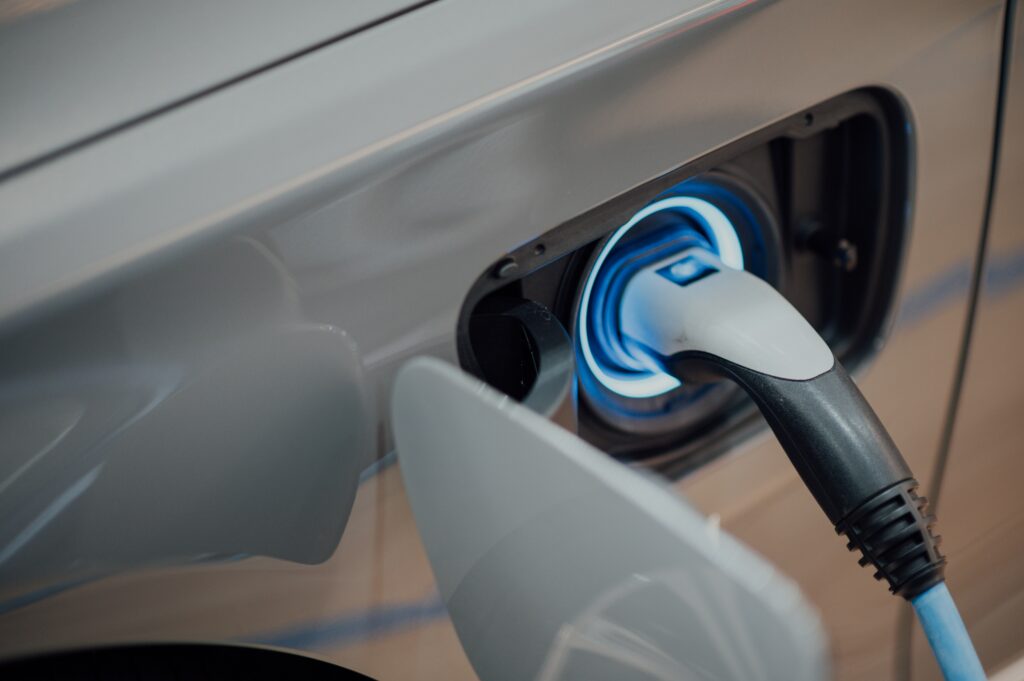Globally, OEMs have committed hundreds of billions of dollars to electrify their fleets in the coming decade. This is too large a sum to walk away from.
-Chris Berry of House Mountain Partners in an interview with Investing News Network (INN).
More Coming soon!
The world is moving towards an electric future, with Tesla leading the charge in electric vehicles and energy storage. Lithium-ion batteries are the preferred choice for EV manufacturers due to their advanced technology and high energy density.
The battery demand is expected to soar to over 9.3TWh by 2035, requiring significant investment in new critical metals projects globally to meet demand.
The world is moving towards electric transportation and energy storage. Tesla has emerged as a leading company in this transition. Other transportation industry companies are now trying to compete. In 2019, 500 GWh worth of batteries were produced globally.
DNV Global believes that Tesla’s new battery technology, unveiled on Battery Day, will lead to lower production costs and a quicker transition to electric energy. DNV predicts that global battery production capacity will reach 4 TWh by 2025 and 8 TWh by 2030, with Tesla aiming for a production of 3 TWh by 2030.


The forecasted lithium-ion battery demand by 2035 presented by Benchmark Mineral Intelligence is more than 14 times higher than the reported production capacity during 2019.
Lithium-ion batteries are expected to be the primary choice for EV manufacturers for several reasons:
Advanced technology: Lithium-ion battery technology has been developed and industrialized for over 30 years, making it safer, cheaper and more efficient to produce.
Lithium’s unique properties: Lithium is the lightest metal in the periodic table and has the highest energy density, allowing for the storage of large amounts of energy in a small space, making it ideal for EVs and in the future, other applications where high energy density is a key technology characteristic.
Investment in the lithium-ion battery ecosystem: Significant investment in downstream development is providing assurance that this technology will remain prevalent in the future.
Globally, OEMs have committed hundreds of billions of dollars to electrify their fleets in the coming decade. This is too large a sum to walk away from.
-Chris Berry of House Mountain Partners in an interview with Investing News Network (INN).
Advertisement
Contrary to popular belief, lithium is not as easily obtainable as some industry leaders claim.
Myth 1: Lithium is abundant and easily accessible.
Lithium is abundant in geological terms, as it is found in low quantities all over the world, including in ocean water with a content of 0.14-0.25 ppm. However, this abundance should not be confused with the ease of economically extracting high-purity lithium for battery production. To produce batteries, high-purity lithium carbonate or hydroxide is needed, and the higher the grade of ore, the lower the extraction cost. For example, cut-off grades for lithium resources in production or development range from 400 ppm to 69,000 ppm.
Myth 2: When demand for lithium increases, production can easily increase.
This notion is also false. Increasing production is not as simple as turning a tap. The following issues contribute to this:
Advertisement
The global lithium production was 500,000 tonnes LCE in 2019, but it declined to 312,000 tonnes LCE in 2020 due to the impact of the pandemic, according to Mining.com. Lithium demand, however, is expected to skyrocket, with Benchmark Mineral Intelligence forecasting that it will reach 2.5 million tonnes LCE by 2029, an increase of 8 times the production in 2020. This will require new lithium projects to be established all over the world.
Investing in lithium projects offers the opportunity to take part in the crucial supply chain that enables the production of electric vehicles by companies such as Tesla and Nio.
Explore and compare lithium projects and the companies behind them through our website. We offer an overview of various projects in North America and South America and provide information to help you make informed decisions. Have a look!
Our visual value analysis to find the best valued North American Lithium junior right now
We cover, compare & analyze North American Mining Juniors active in exploration & development.
e-mail: info@batteryjuniors.com
Read our Privacy Policy.
Read the Disclaimer
| Cookie | Duration | Description |
|---|---|---|
| cookielawinfo-checbox-analytics | 11 months | This cookie is set by GDPR Cookie Consent plugin. The cookie is used to store the user consent for the cookies in the category "Analytics". |
| cookielawinfo-checbox-functional | 11 months | The cookie is set by GDPR cookie consent to record the user consent for the cookies in the category "Functional". |
| cookielawinfo-checbox-others | 11 months | This cookie is set by GDPR Cookie Consent plugin. The cookie is used to store the user consent for the cookies in the category "Other. |
| cookielawinfo-checkbox-necessary | 11 months | This cookie is set by GDPR Cookie Consent plugin. The cookies is used to store the user consent for the cookies in the category "Necessary". |
| cookielawinfo-checkbox-performance | 11 months | This cookie is set by GDPR Cookie Consent plugin. The cookie is used to store the user consent for the cookies in the category "Performance". |
| viewed_cookie_policy | 11 months | The cookie is set by the GDPR Cookie Consent plugin and is used to store whether or not user has consented to the use of cookies. It does not store any personal data. |